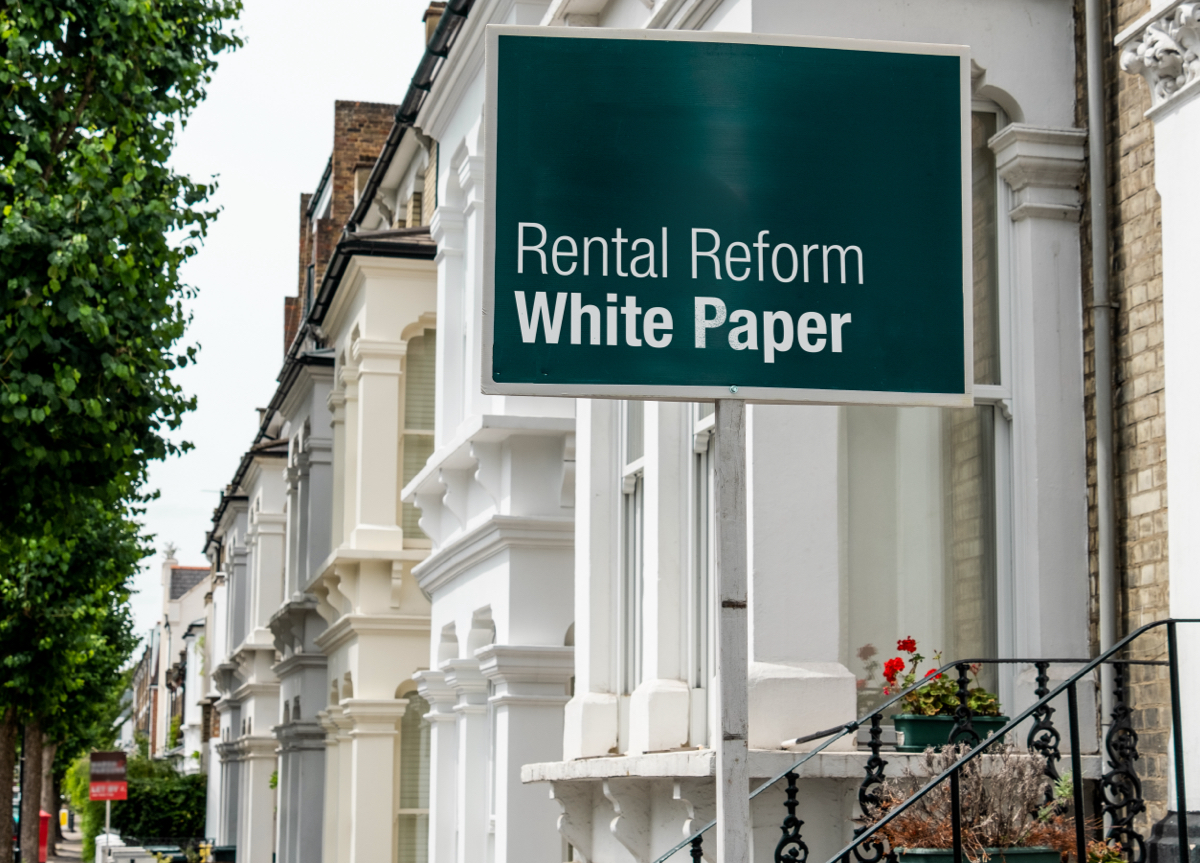
Letting agents: do you know who is living in the properties you manage?
A survey by insurance provider Direct Line found that 13% of tenants have sublet part or all of their home.
Subletting a privately rented property is legal, but it is often a breach of the tenancy agreement, and so tenants who sublet can be evicted. It also puts the landlord at risk. If people who are not named on the tenancy agreement live at a rented property, this can breach the terms of the landlord’s insurance, as well as any contents insurance held by the tenants. It can also mean that the property becomes an HMO, meaning that the landlord needs to follow stricter regulations and potentially pay licensing fees.
Tenants are also unlikely to have tenant vetting procedures as good as a letting agent or landlord, increasing the risk of bringing in a subtenant who damages the property.
Often, subletting happens with the landlord’s knowledge: 52% of tenants who rented to subtenants informed their landlords. But landlords should know the potential consequences, including non-payment of rent, damage to the property, issues with deposit protection, and invalidation of their insurance policies or mortgages.
Who sublets?
According to the survey, subletters tend to be young and urban. Among 18-34 year olds, 25% admitted to subletting. The area where most tenants admitted to subletting was Glasgow, where 32% of tenants said that they had rented out part of their home. London, Brighton, Birmingham and Liverpool also had above-average numbers of subletters.
Often, subletting occurs in house shares occupied by joint tenants. If one housemate gives notice to the landlord, this ends the tenancy for all the tenants, so they will often look for a replacement flatmate instead – with or without the landlord’s knowledge and permission.
Some subletting is also driven by the rise of rent-to-rent arrangements, where a tenant rents a property and then sublets it to one or more tenants, pocketing the difference in rent. This may happen with the landlord’s knowledge: various companies offer rent-to-rent services promising guaranteed rent and reduced responsibility for managing the property. However, rent-to-rent operators have been known to pose as ordinary tenants and then sublet the property without the landlord’s knowledge, sometimes even renovating to fit in more subtenants.
Careful tenant vetting by letting agents can sniff out these scammers, and regular inspections of the property can determine if it is being occupied by more people than are on the lease. In house share arrangements, letting agents can also work with the tenants to ensure that replacement tenants are properly checked and added to the lease.
Other tenant headlines
Bed bugs, an increasingly common problem in rentals – LandlordZONE
Cruel tenant left landlord with nothing but a bed after conning him out of £212k – Stoke-on-Trent Live
Younger tenants very unlikely to have contents insurance – claim – Landlord Today



